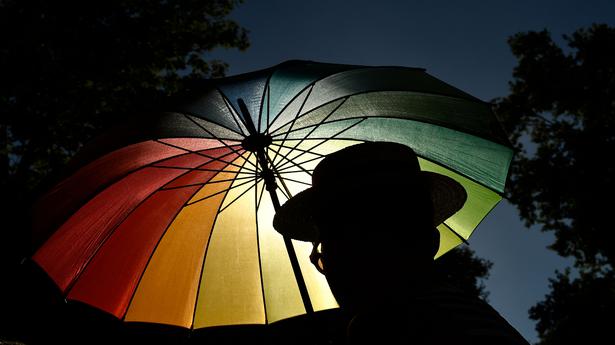Image for representative purpose only.
After zeroing in on cases of leprosy, where patients are not responding to drug treatments, the Ministry of Health and Family Welfare (MoHFW) has charted out a renewed strategy for deeper surveillance into anti-microbial resistance (AMR).
In 2019, a total of 1,14,451 cases of leprosy were detected in India. The numbers sharply dropped to 65,164 in 2020 during the COVID-19 pandemic, according to official figures available with the MoHFW. During this time, 3,376 cases also came up for retreatment. Retreatment cases involve patients on whom drugs such as Rifampacin, Dapsone and Quinolones failed to work.
Between 2018 and 2020, nearly 2,032 cases of leprosy were tested at five key labs — Central Leprosy Teaching and Research Institute (CLTRI), Blue Peter, National Jalma Institute for Leprosy, Schieffelin Institute, and the Stanley Brown Research Laboratory. It was revealed that 4.2% of all these cases were resistant to Rifampacin. Also, 3.1% of these cases were resistant to Dapsone, which is cited as a classic treatment for the scourge, the National Guidelines for Surveillance of AMR in Leprosy, framed by MoHFW, show.
According to the strategy, MoHFW has instructed States to select patients (all retreatment cases and 10% of multibacillary or MB cases) at the block level for the collection of skin biopsy samples. MB cases are those that show five or more anaesthetic skin lesions, or cases where the nerves of the patient have been damaged.
“There will be a need to screen for all contacts of those confirmed to have resistant leprosy. A drug resistance register will be maintained,” the MoHFW stated.
Upping the ante on screening will require training human resources for mapping health facilities, bolstering labs for diagnosis, collection of slit skin samples, preparing smear samples, conducting microscopic examination, obtaining biopsy specimens, transportation of samples, and performing DNA polymerase chain reaction (PCR) and gene sequencing for assessment of resistance.
Seven regional and reference labs have been identified for conducting DNA sequencing to identify resistance to drugs. “Each lab has been allotted a few states from the region in which it is located,” the guidelines say.
Additionally, CLTRI in Chengalpattu at Tamil Nadu, and the National Jalma Institute of Leprosy in Agra, will be working as ‘National Reference Laboratories’ for supervision of AMR surveillance, the guidelines say.



.jpg)


